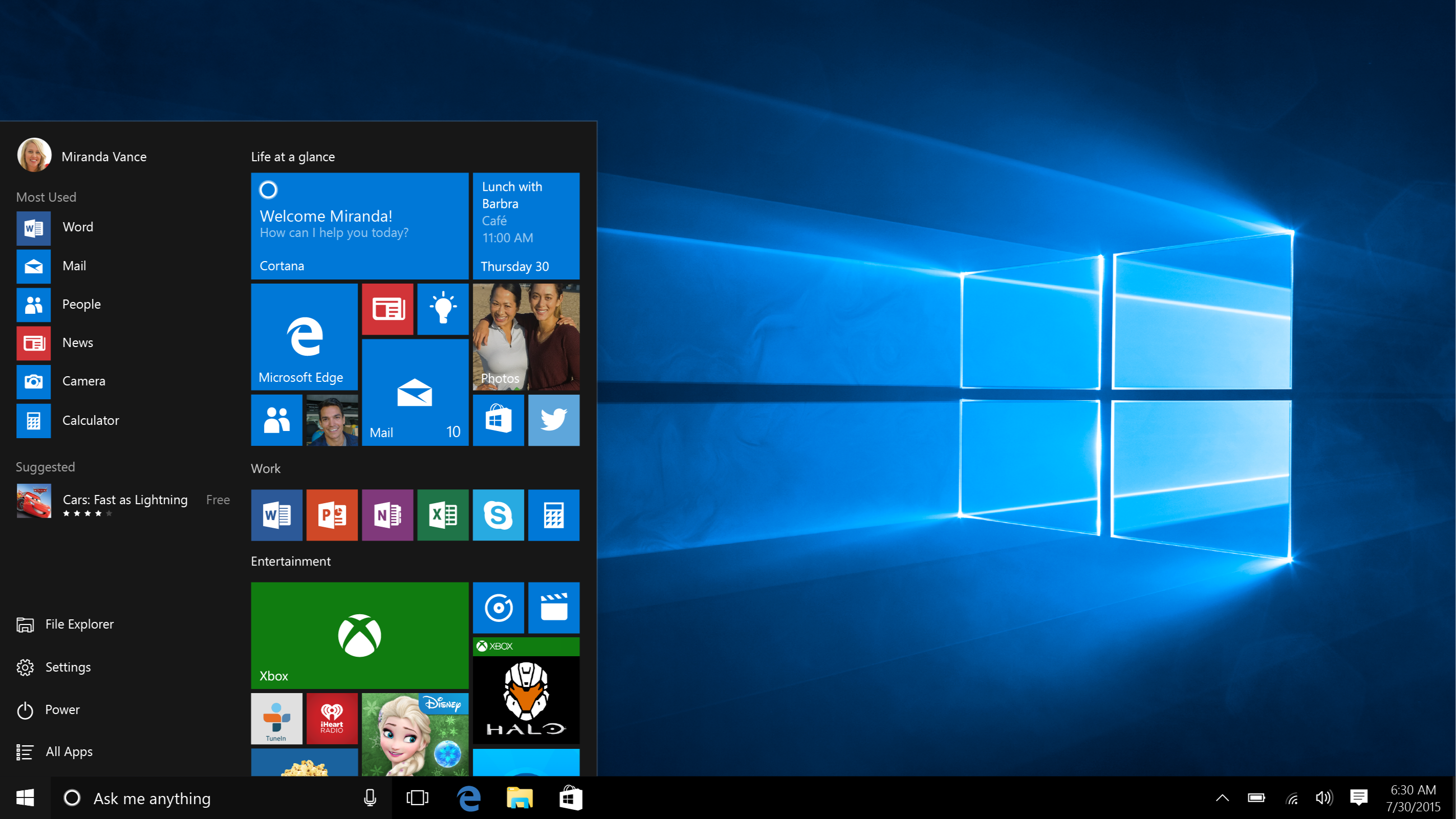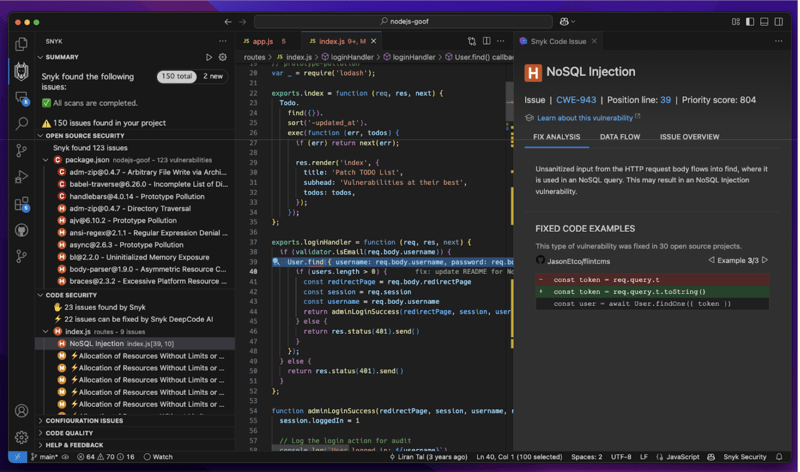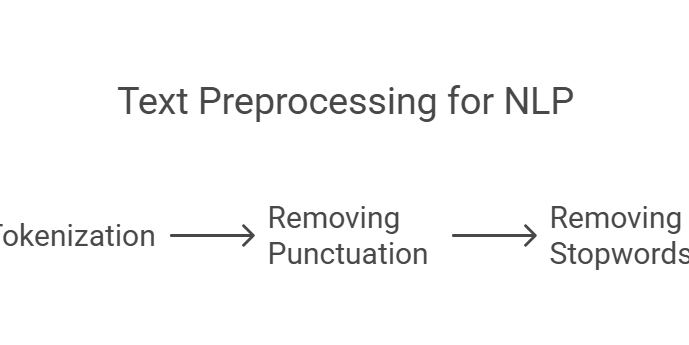Monitoring PHP-FPM Logs and Metrics: A Practical Guide to Debugging and Optimization
Ever debugged a slow PHP application only to find yourself buried in hard-to-read PHP-FPM logs, guessing where things went wrong? You're not alone. PHP-FPM (FastCGI Process Manager) plays a crucial role in how PHP handles concurrent requests. When it’s not performing well, your whole app feels sluggish. Yet diagnosing issues—especially in production—can be frustrating without proper observability. In this post, we’ll break down why PHP-FPM monitoring matters, common performance pitfalls, and how combining logs and metrics in one view can save hours of debugging. What is PHP-FPM and Why It Matters PHP-FPM is an alternative PHP FastCGI implementation with process management capabilities. It allows you to run multiple worker processes, handle high loads efficiently, and tweak performance via configuration settings like pm.max_children, request_terminate_timeout, and more. When tuned properly, PHP-FPM is incredibly fast. But when issues strike—like slow requests, memory leaks, or sudden 502 errors—it’s often buried in obscure log messages or invisible until users complain. Common PHP-FPM Performance Issues Here are some issues developers frequently face with PHP-FPM: Slow response times during peak traffic 502 Bad Gateway or 504 Gateway Timeout errors Request queue overflows due to exhausted workers Memory usage spikes or leaks Unexplained app crashes traced back to PHP-FPM Each of these can have multiple causes: misconfigurations, code bottlenecks, or infrastructure limits. Why Traditional Debugging Falls Short Most devs are used to tailing logs via SSH: tail -f /var/log/php7.4-fpm.log But raw logs alone don’t give you the full picture. You’re often missing context: What was the memory usage at the time? How many requests were waiting? Was this a one-off or a pattern? Without metrics alongside logs, you’re flying blind. Unified PHP-FPM Logs + Metrics: The Better Way Combining logs and metrics gives you real observability:
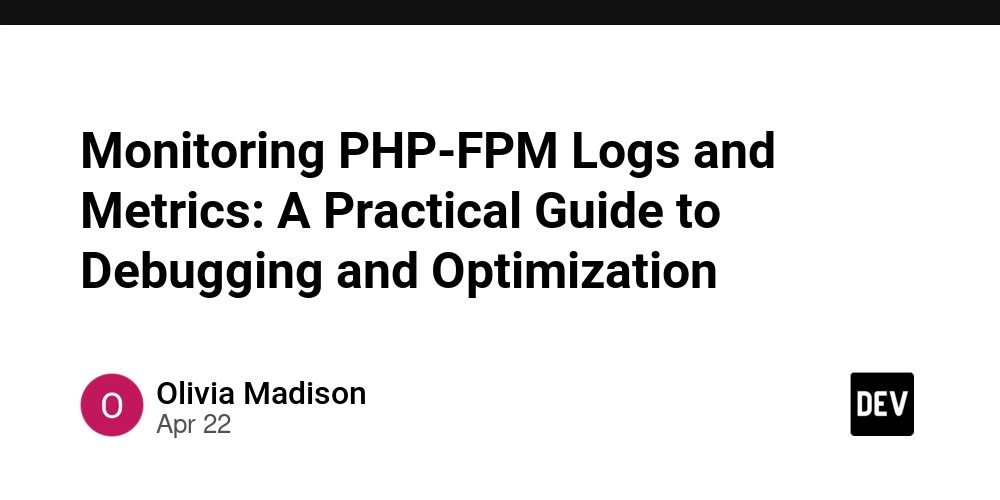
Ever debugged a slow PHP application only to find yourself buried in hard-to-read PHP-FPM logs, guessing where things went wrong? You're not alone.
PHP-FPM (FastCGI Process Manager) plays a crucial role in how PHP handles concurrent requests. When it’s not performing well, your whole app feels sluggish. Yet diagnosing issues—especially in production—can be frustrating without proper observability.
In this post, we’ll break down why PHP-FPM monitoring matters, common performance pitfalls, and how combining logs and metrics in one view can save hours of debugging.
What is PHP-FPM and Why It Matters
PHP-FPM is an alternative PHP FastCGI implementation with process management capabilities. It allows you to run multiple worker processes, handle high loads efficiently, and tweak performance via configuration settings like pm.max_children, request_terminate_timeout, and more.
When tuned properly, PHP-FPM is incredibly fast. But when issues strike—like slow requests, memory leaks, or sudden 502 errors—it’s often buried in obscure log messages or invisible until users complain.
Common PHP-FPM Performance Issues
Here are some issues developers frequently face with PHP-FPM:
Slow response times during peak traffic
502 Bad Gateway or 504 Gateway Timeout errors
Request queue overflows due to exhausted workers
Memory usage spikes or leaks
Unexplained app crashes traced back to PHP-FPM
Each of these can have multiple causes: misconfigurations, code bottlenecks, or infrastructure limits.
Why Traditional Debugging Falls Short
Most devs are used to tailing logs via SSH:
tail -f /var/log/php7.4-fpm.log
But raw logs alone don’t give you the full picture. You’re often missing context:
What was the memory usage at the time?
How many requests were waiting?
Was this a one-off or a pattern?
Without metrics alongside logs, you’re flying blind.
Unified PHP-FPM Logs + Metrics: The Better Way
Combining logs and metrics gives you real observability:











































































































































































![[The AI Show Episode 144]: ChatGPT’s New Memory, Shopify CEO’s Leaked “AI First” Memo, Google Cloud Next Releases, o3 and o4-mini Coming Soon & Llama 4’s Rocky Launch](https://www.marketingaiinstitute.com/hubfs/ep%20144%20cover.png)



















































































































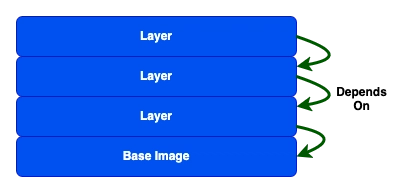



































































.jpg?width=1920&height=1920&fit=bounds&quality=70&format=jpg&auto=webp#)



























































































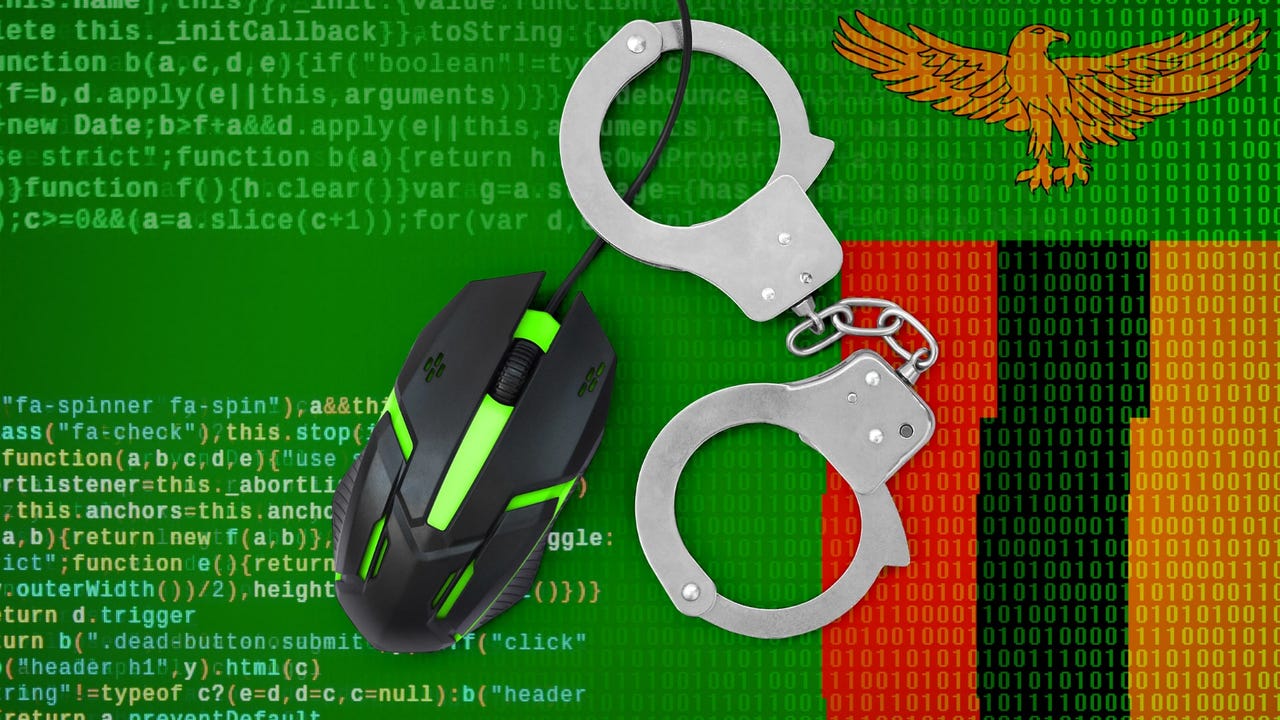
























































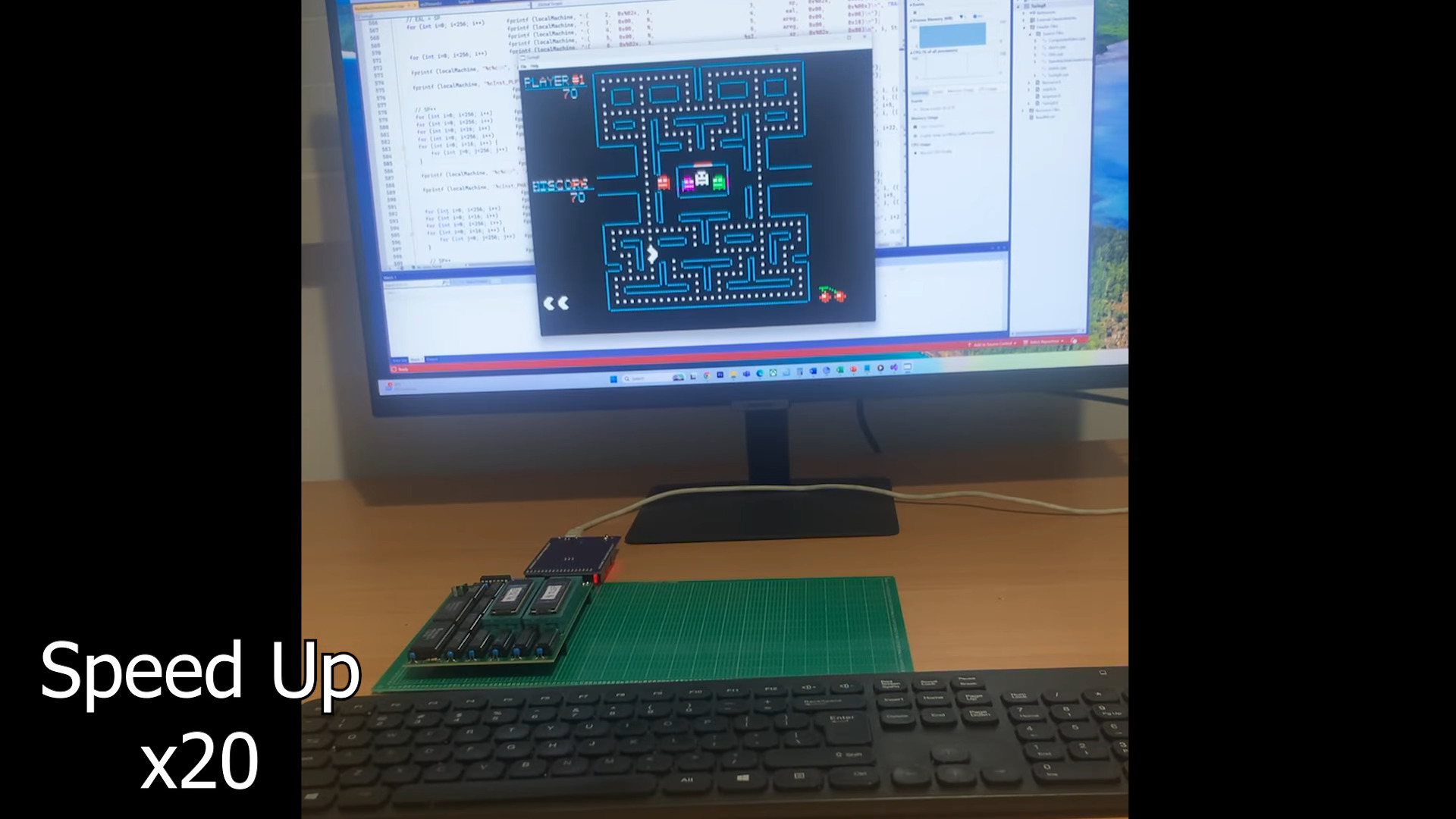
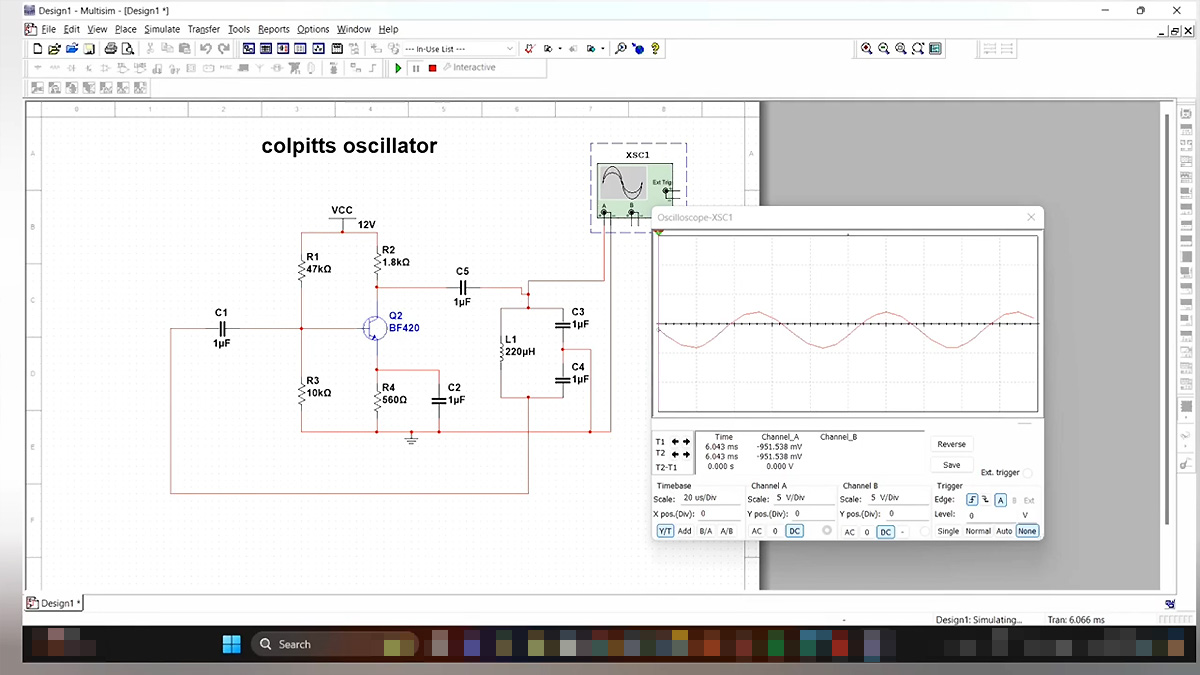




























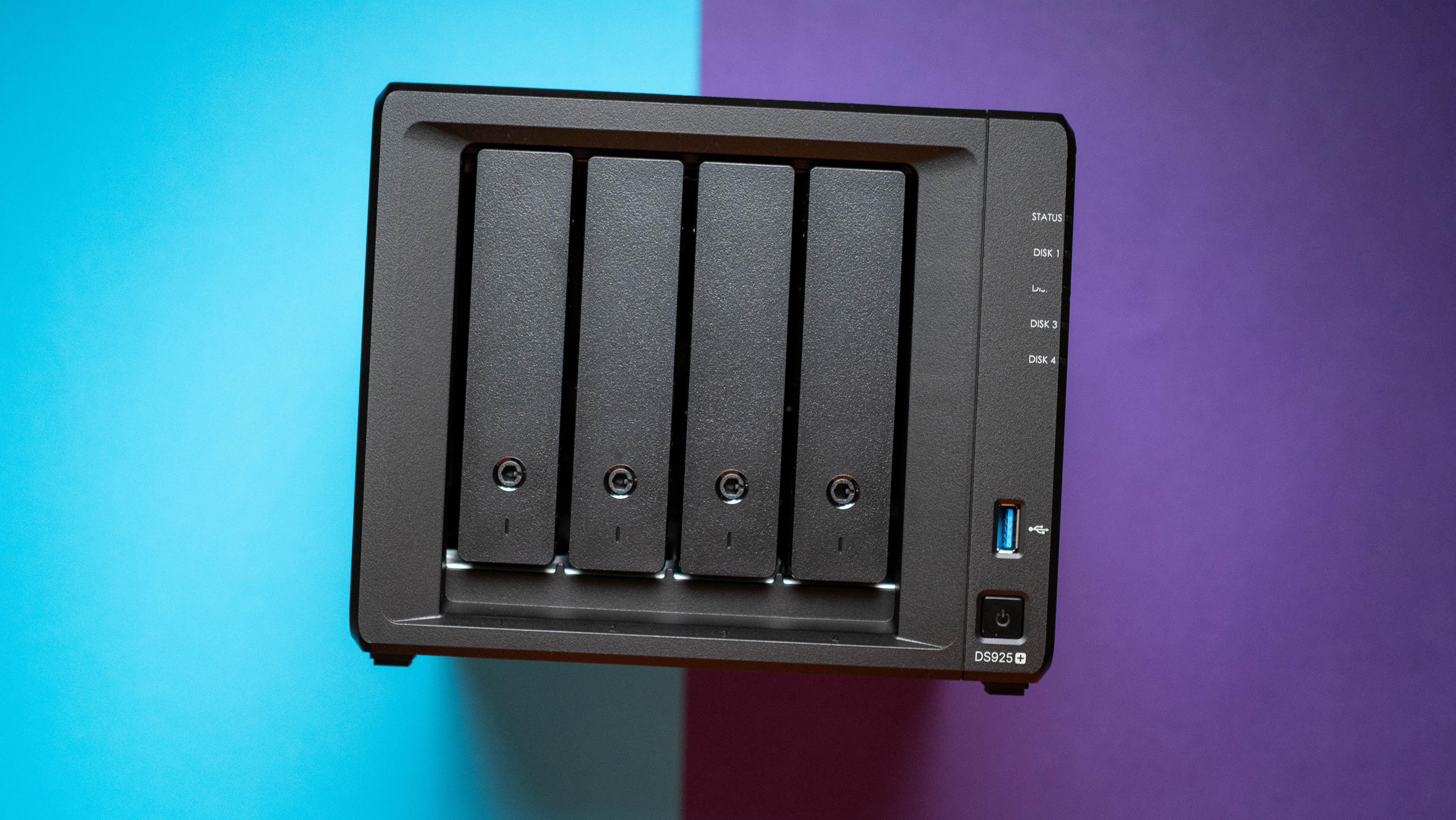























![Hands-On With 'iPhone 17 Air' Dummy Reveals 'Scary Thin' Design [Video]](https://www.iclarified.com/images/news/97100/97100/97100-640.jpg)
![Mike Rockwell is Overhauling Siri's Leadership Team [Report]](https://www.iclarified.com/images/news/97096/97096/97096-640.jpg)
![Instagram Releases 'Edits' Video Creation App [Download]](https://www.iclarified.com/images/news/97097/97097/97097-640.jpg)
![Inside Netflix's Rebuild of the Amsterdam Apple Store for 'iHostage' [Video]](https://www.iclarified.com/images/news/97095/97095/97095-640.jpg)

















































